Amaryllis Southern Blight Disease: Recognizing Amaryllis Southern Blight Symptoms
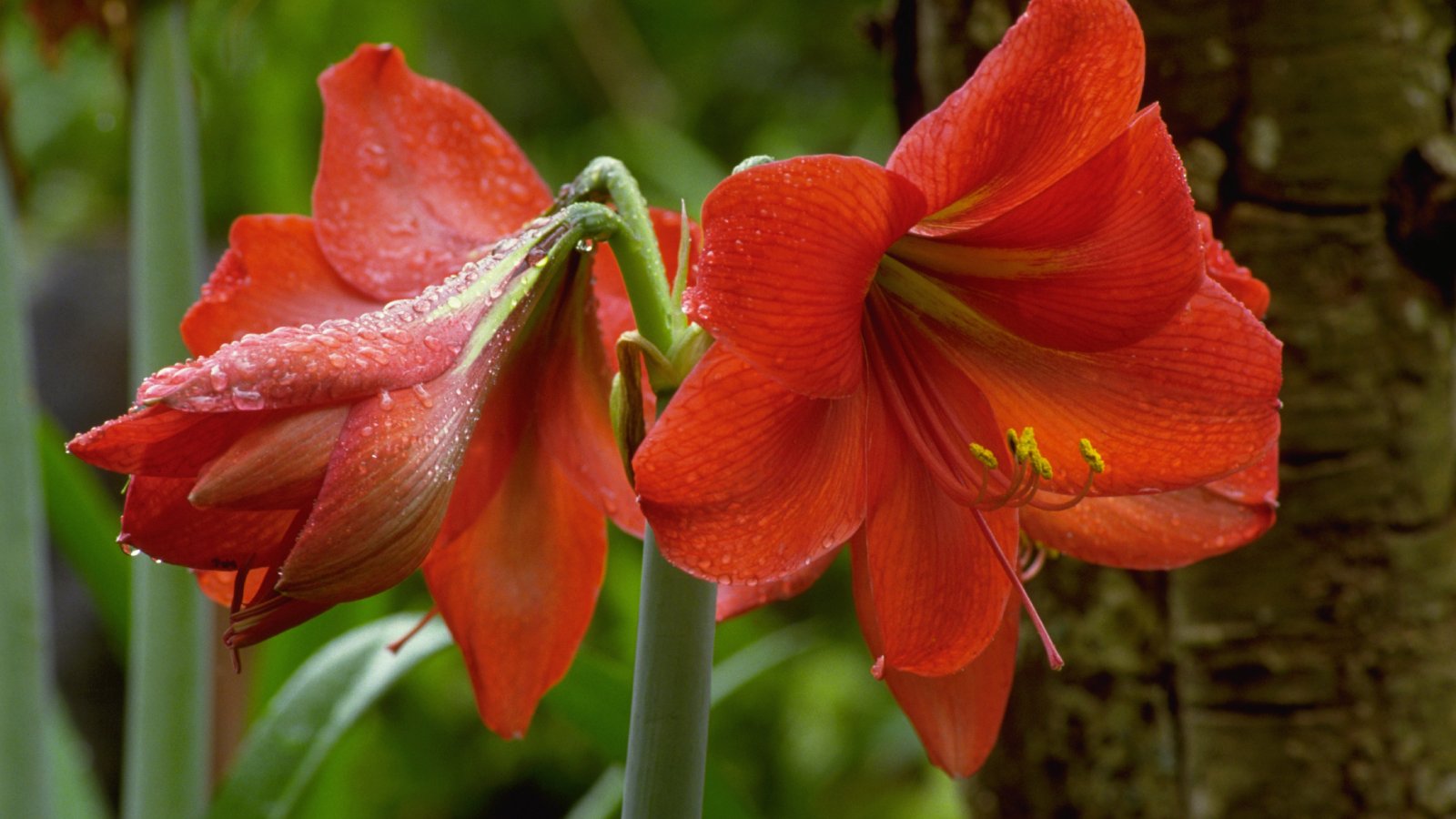

Amaryllis is a bold, striking flower that grows from a bulb. Many people grow them in containers, often in the fall or winter for late winter to early spring blooms, but amaryllis can also grow outdoors in warmer climates. Amaryllis care is generally easy and it is not often troubled by disease, but be aware of signs of southern blight and know how to manage it.
What is Amaryllis Southern Blight Disease?
Southern blight of amaryllis is a fungal disease that can affect these plants. The causal agent is the fungus Sclerotium rolfsii. It also causes disease in legumes, cruciferous vegetables, and cucurbits, among many other plants you may have in your garden.
There are a lot of different plants, and weeds, that can play host to the southern blight fungus. For amaryllis, you are most likely to see the disease if you grow them outdoors. Potted amaryllis plants are less vulnerable but could become infected through the soil or contaminated garden tools.
Amaryllis Southern Blight Symptoms
The first signs of southern blight infection are yellowing and wilting of the leaves. The fungus will then appear as white growth around the stem at the level of the soil. The fungus spreads through small, bead-shaped structures called sclerotia, which you may see on the threads of white fungus.
Amaryllis with southern blight may also show signs of infection in the bulb. Look for soft spots and brown, rotted areas on the bulb below the soil. Eventually, the plant will die.
Preventing and Treating Southern Blight
The fungus that causes this disease will accumulate in the leftover plant material from past seasons. To prevent the spread of southern blight from year to year, clean up around your beds and dispose of dead leaves and other material appropriately. Don’t put it in the compost pile.
If you grow amaryllis in pots, throw out the soil and clean and disinfect the pots before using them again with new bulbs.
Gardening tips, videos, info and more delivered right to your inbox!
Sign up for the Gardening Know How newsletter today and receive a free copy of our e-book "How to Grow Delicious Tomatoes".
Southern blight of amaryllis can also be treated if you catch it in time. Drench the soil around the stem with an appropriate fungicide. Check with your local nursery for the right treatment for amaryllis.

Mary Ellen Ellis has been gardening for over 20 years. With degrees in Chemistry and Biology, Mary Ellen's specialties are flowers, native plants, and herbs.
-
 Get Ready For A Summer Of Hummers! Grow These Full Sun Hummingbird Plants and Flowers
Get Ready For A Summer Of Hummers! Grow These Full Sun Hummingbird Plants and FlowersIf you’re lucky enough to enjoy a sunny backyard, make sure you are maxing out on your pollinator opportunities and grow these full sun hummingbird plants and flowers
By Tonya Barnett
-
 12 Lush Alternatives To A Lawn For Sustainable Spaces
12 Lush Alternatives To A Lawn For Sustainable SpacesAlternatives to a lawn are beautiful and also beneficial to your local ecosystem and its pollinators. Explore our top picks for plants to replace grass.
By Tonya Barnett
-
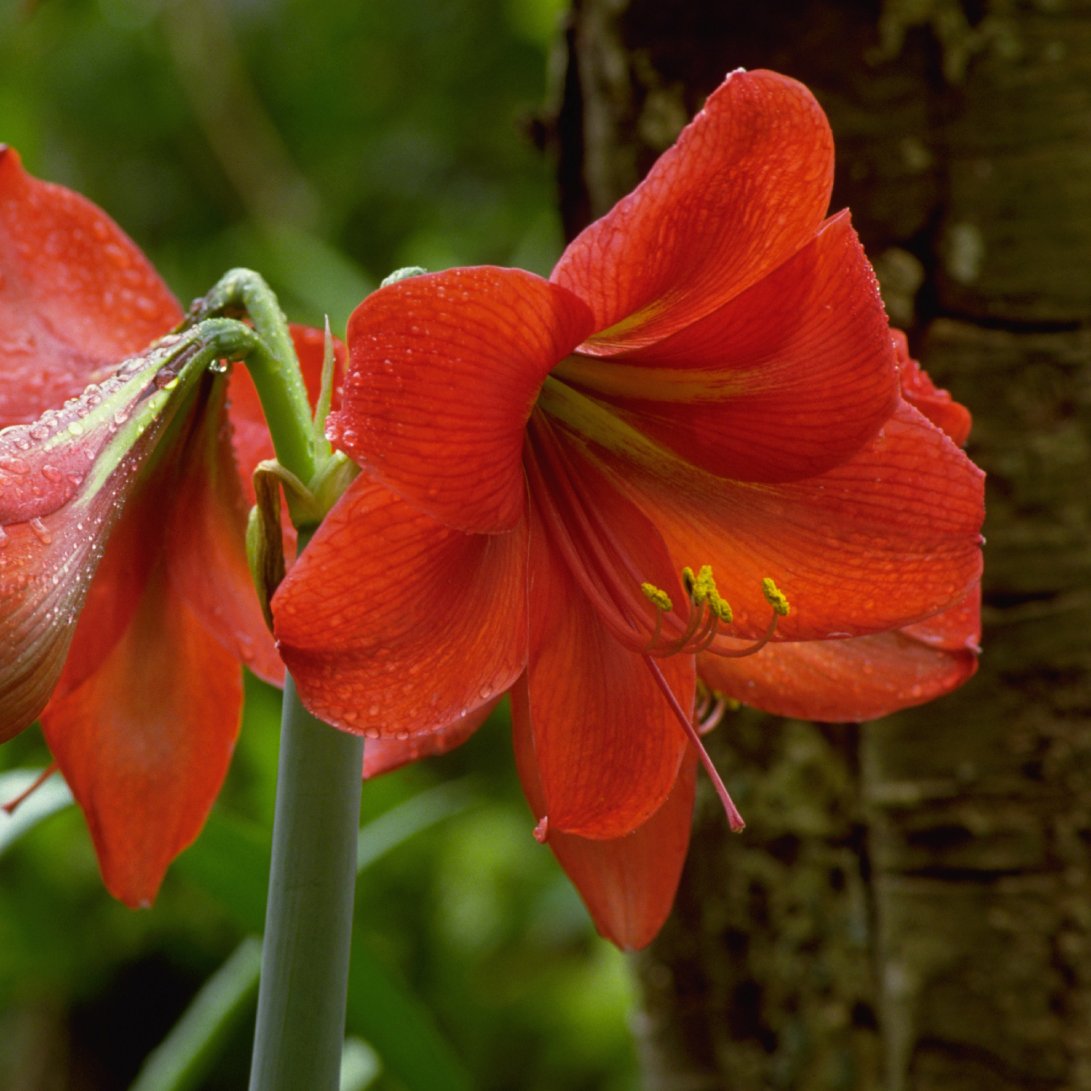 Amaryllis Has Leaf Scorch – Controlling Red Blotch Of Amaryllis Plants
Amaryllis Has Leaf Scorch – Controlling Red Blotch Of Amaryllis PlantsBy Tonya Barnett
-
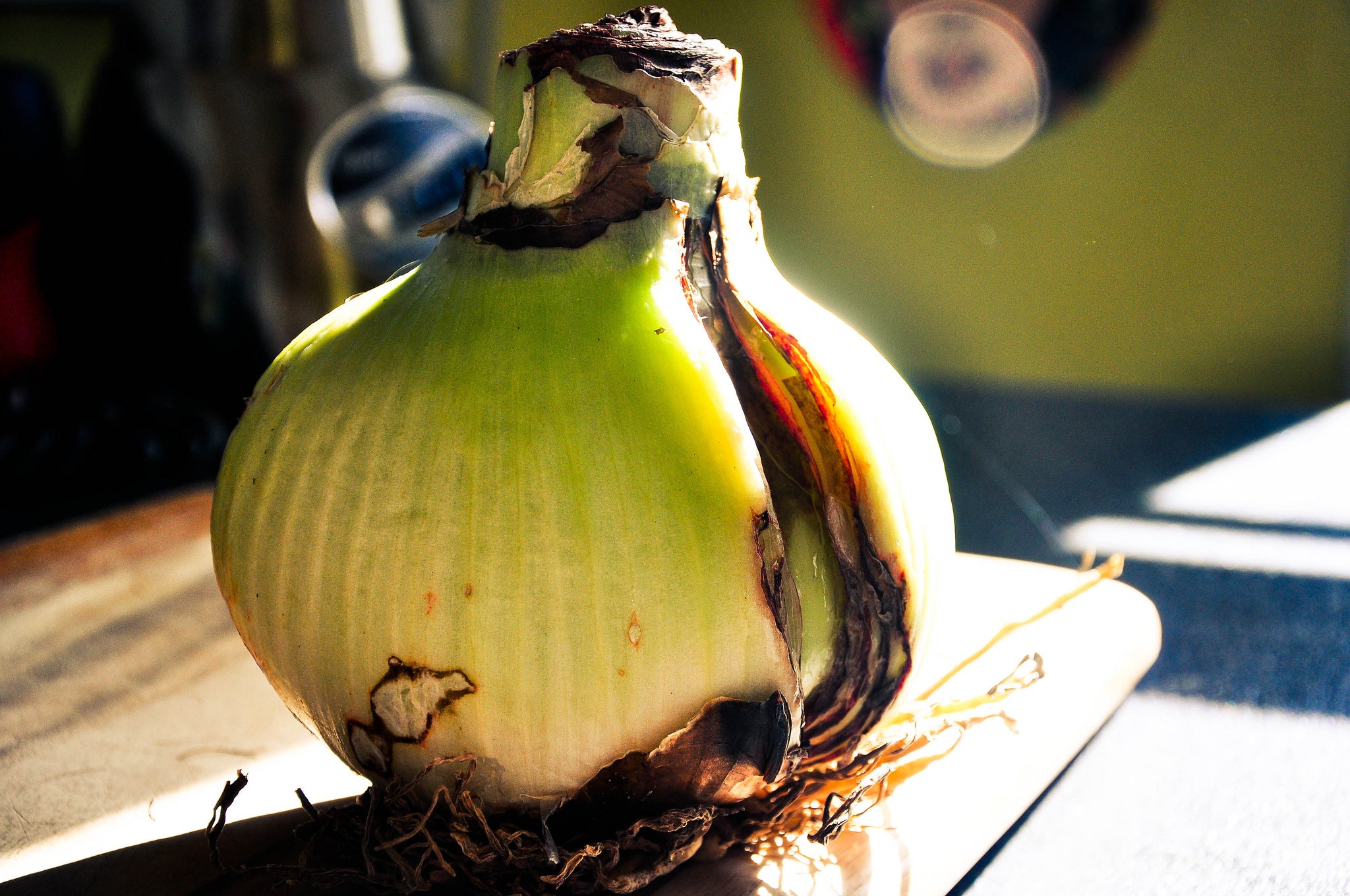 Amaryllis Bulb Rot – What Causes Rotten Amaryllis Bulbs
Amaryllis Bulb Rot – What Causes Rotten Amaryllis BulbsLike many potted plants, diseases and issues related to fungal infections can be detrimental to the development of the plant and may even cause it to die before it is able to bloom. Amaryllis bulb rot is one such issue. Learn more about this problem in the following article.
By Tonya Barnett
-
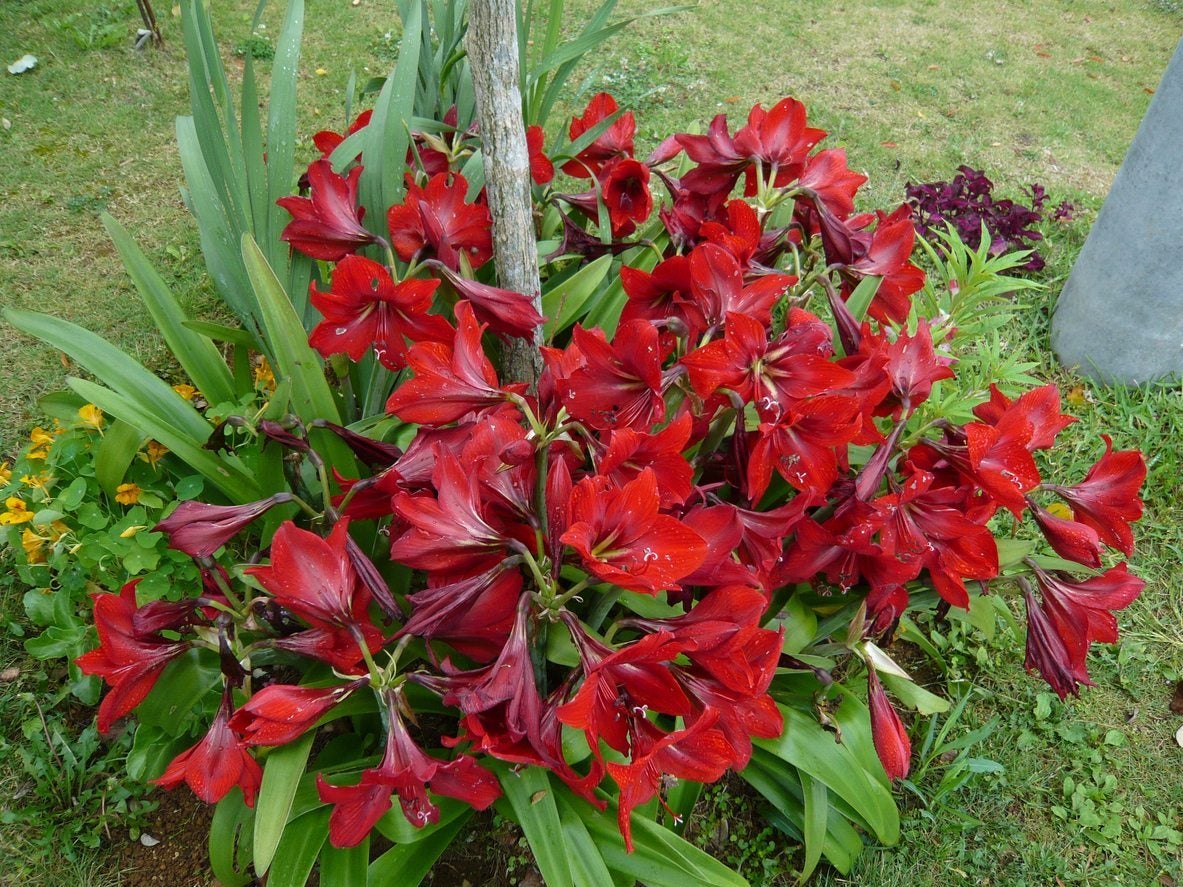 Separating Amaryllis Plants: How To Divide Amaryllis Bulbs In The Garden
Separating Amaryllis Plants: How To Divide Amaryllis Bulbs In The GardenLike many bulbs, in time and with the right environmental conditions, outdoor amaryllis bulbs will reproduce and naturalize. Amaryllis plant division is not only a way to control amaryllis colonies, but it also keeps plants healthy. Click here to learn more.
By Darcy Larum
-
 Complete Guide To Repotting Amaryllis – For Better Blooms & A Healthier Plant
Complete Guide To Repotting Amaryllis – For Better Blooms & A Healthier PlantAmaryllis plants don't need a lot of elbow room, but they do have to be repotted every 3-5 years. Wait until they're dormant and pick a slightly bigger pot.
By Teo Spengler
-
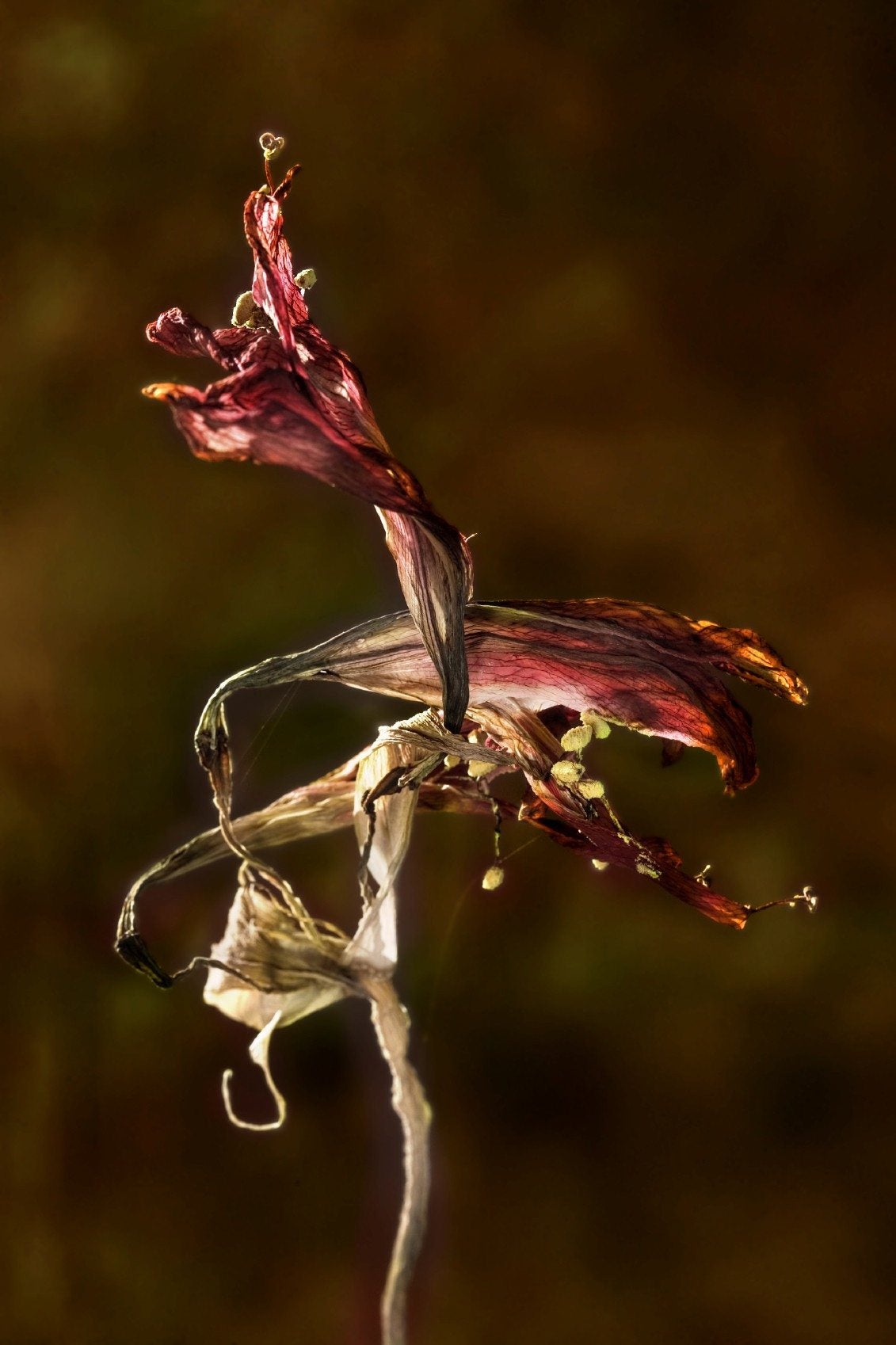 Amaryllis Seed Propagation: How To Plant An Amaryllis Seed
Amaryllis Seed Propagation: How To Plant An Amaryllis SeedIf you have some patience, you can produce and germinate your own amaryllis seed pods. Learn more about amaryllis seed propagation and how to plant an amaryllis seed in the article that follows. Click here for more information.
By Liz Baessler
-
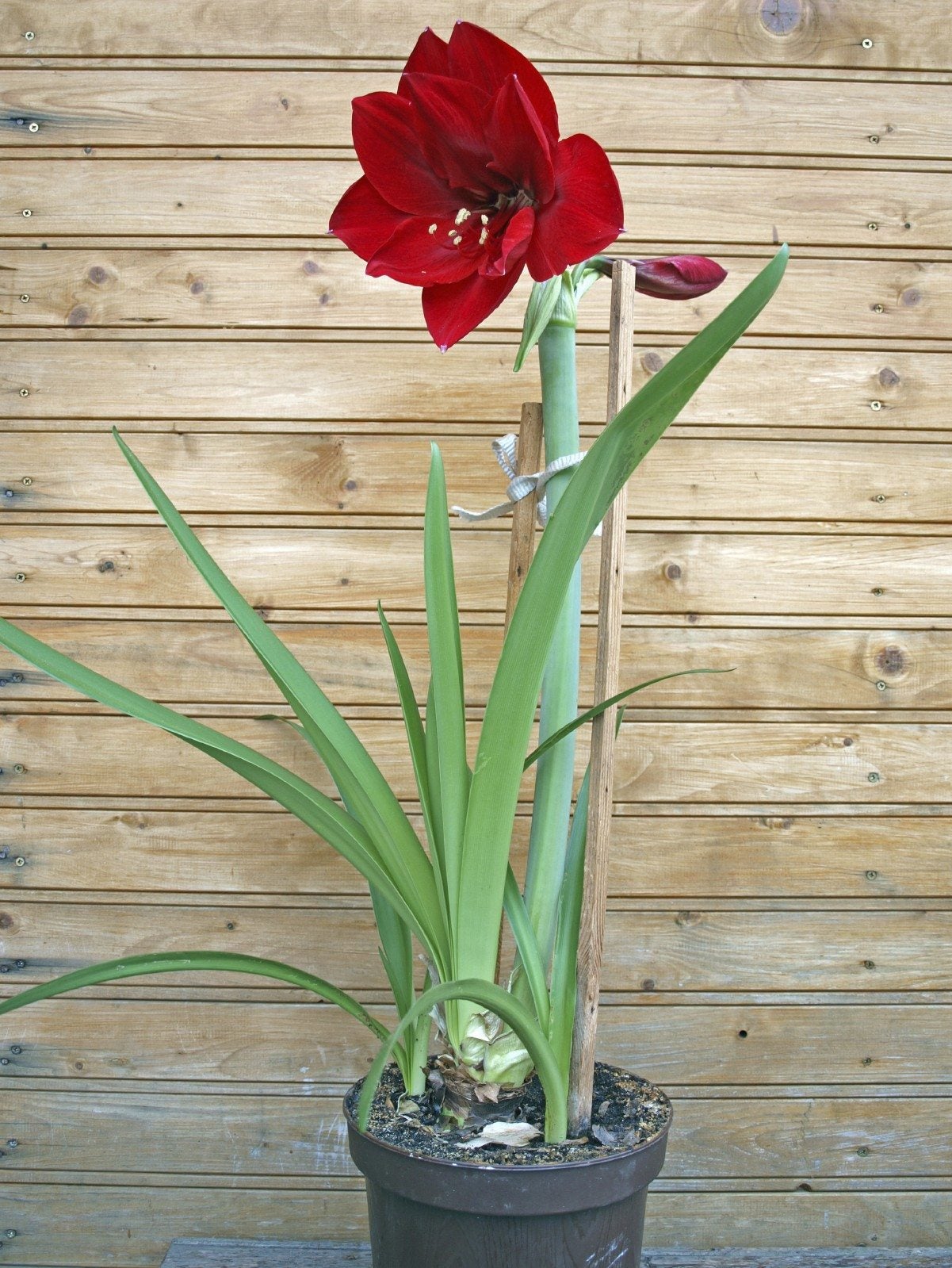 Staking An Amaryllis: Types Of Amaryllis Support Stakes
Staking An Amaryllis: Types Of Amaryllis Support StakesThe tall amaryllis stalks grow from bulbs, and each stalk bears four huge blooms. If your blooming plant gets top-heavy, you might need to learn about staking an amaryllis. Click this article for information about what to use for amaryllis plant support.
By Teo Spengler
-
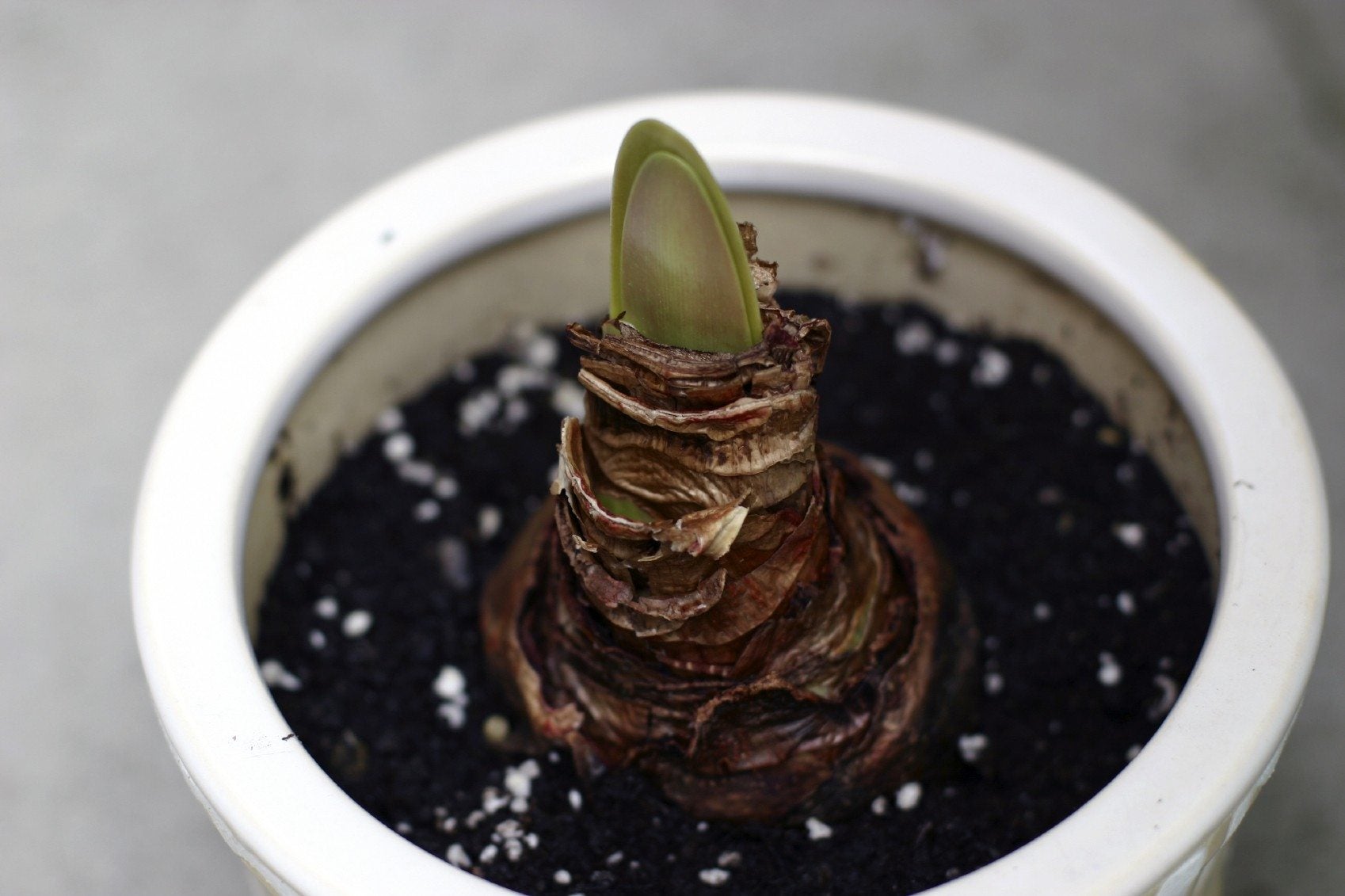 Soil For Amaryllis Plants – What Kind Of Soil Does Amaryllis Need
Soil For Amaryllis Plants – What Kind Of Soil Does Amaryllis NeedBecause it blooms in winter or early spring, amaryllis is almost always kept in a pot indoors, so you have more say in the kind of soil it grows in. So what kind of soil does amaryllis need? Learn about amaryllis soil requirements in this article.
By Liz Baessler
-
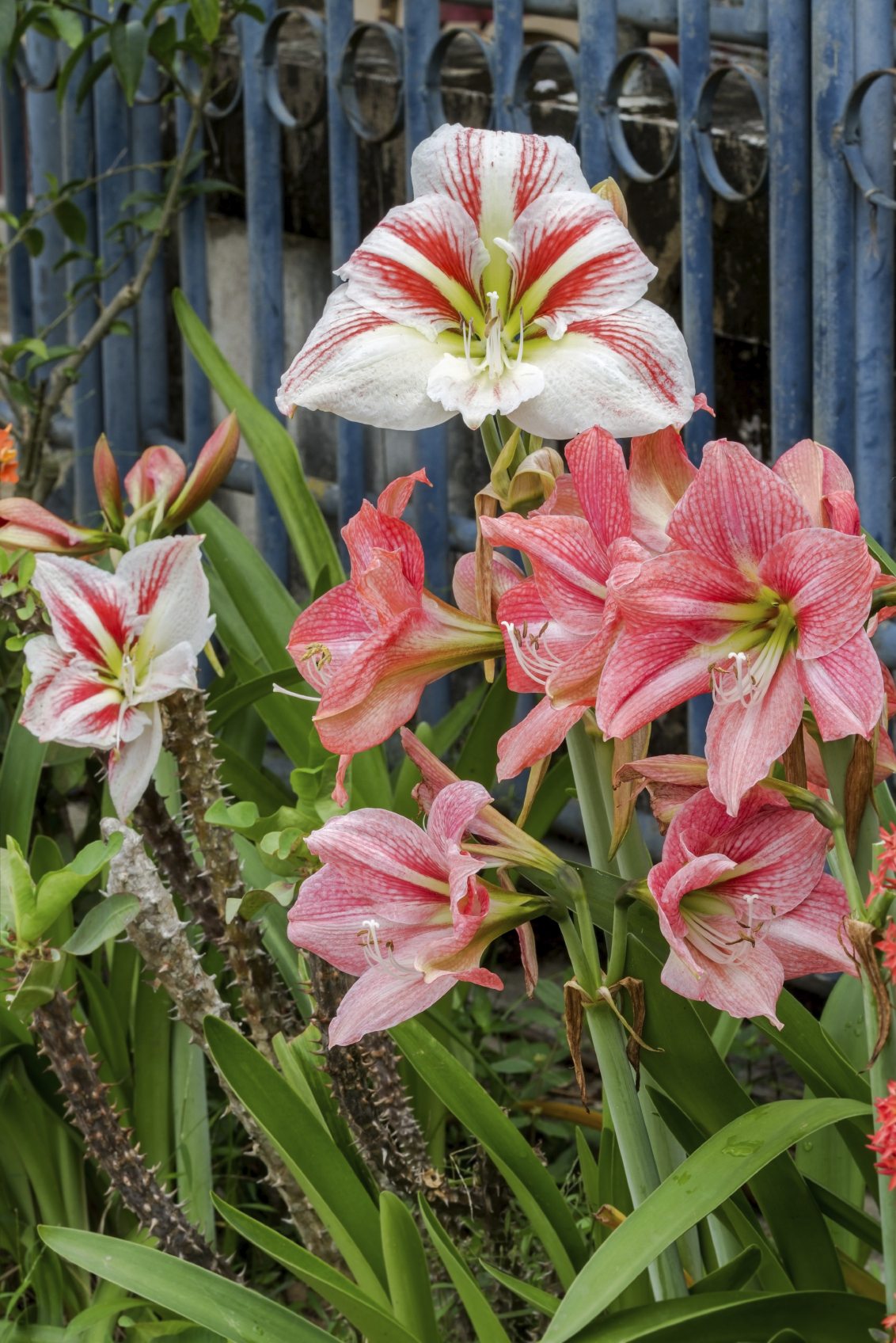 Amaryllis Flower Varieties: Different Types Of Amaryllis
Amaryllis Flower Varieties: Different Types Of AmaryllisAmaryllis is available in a variety of shapes and colors; in fact, almost too many different types of amaryllis to count. Click this article to learn about just a few of the many amaryllis flower varieties on the market.
By Mary H. Dyer